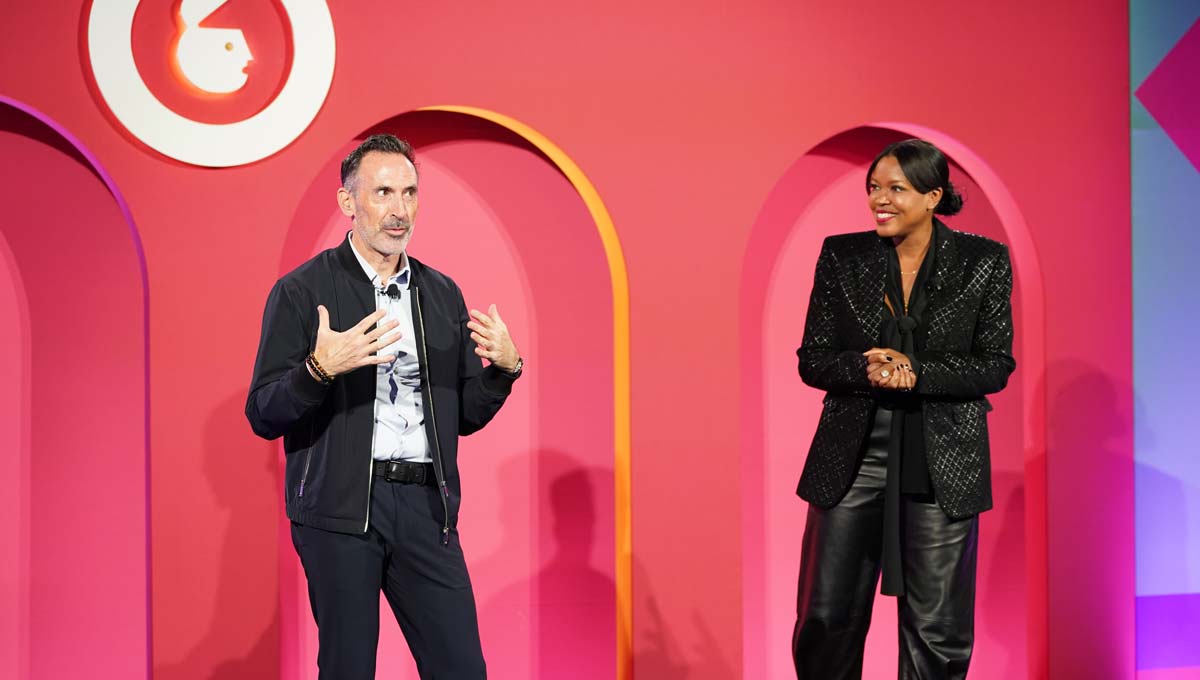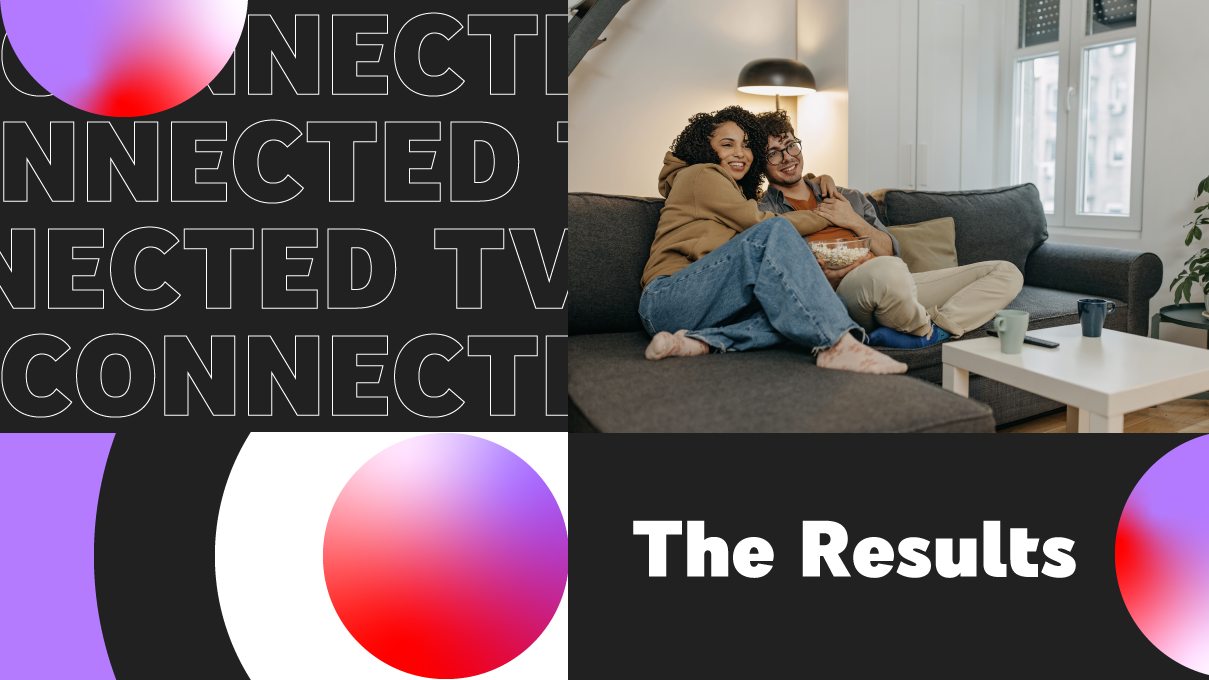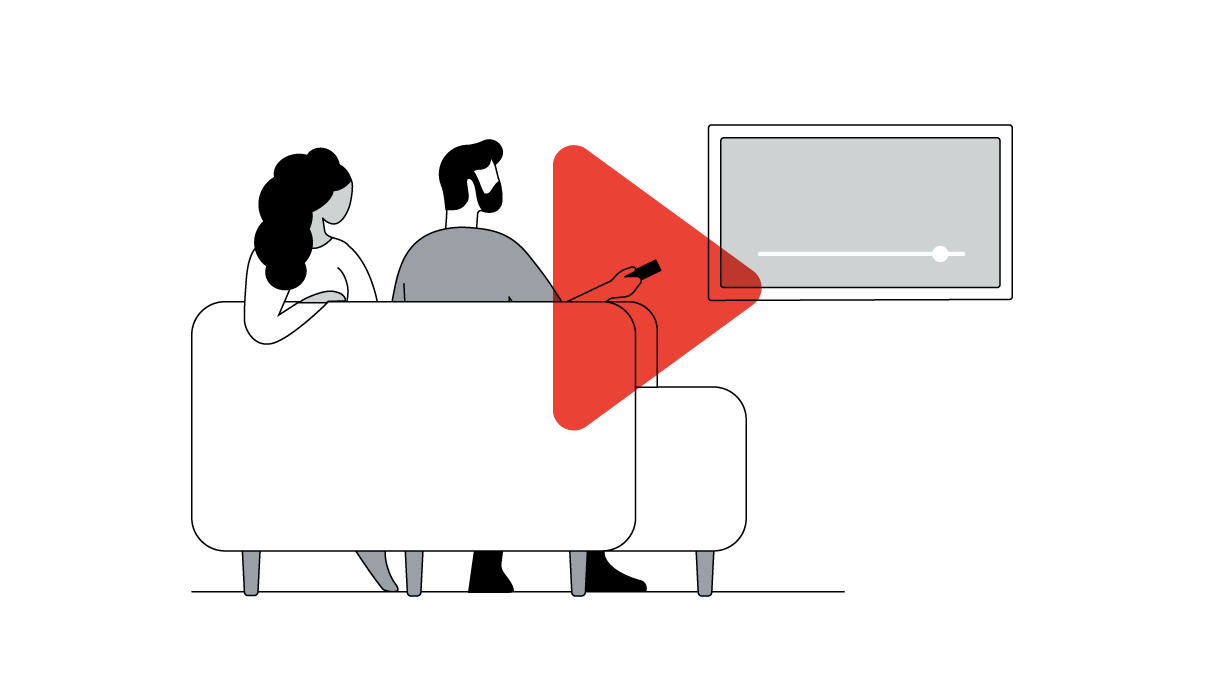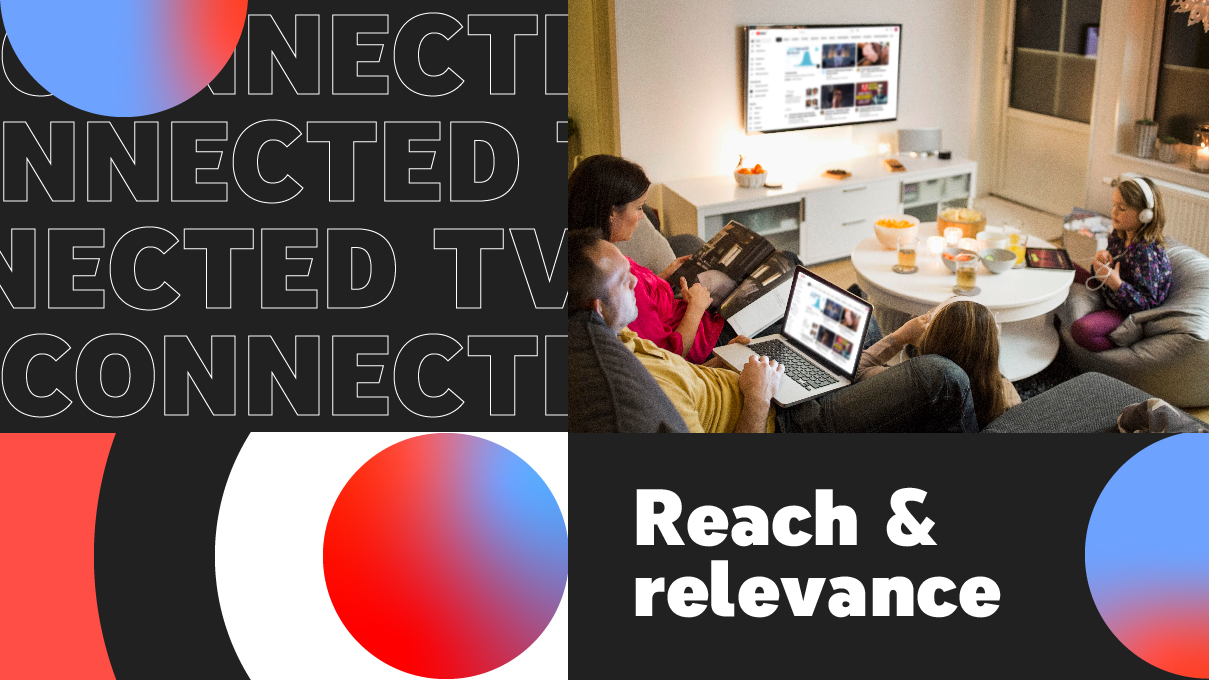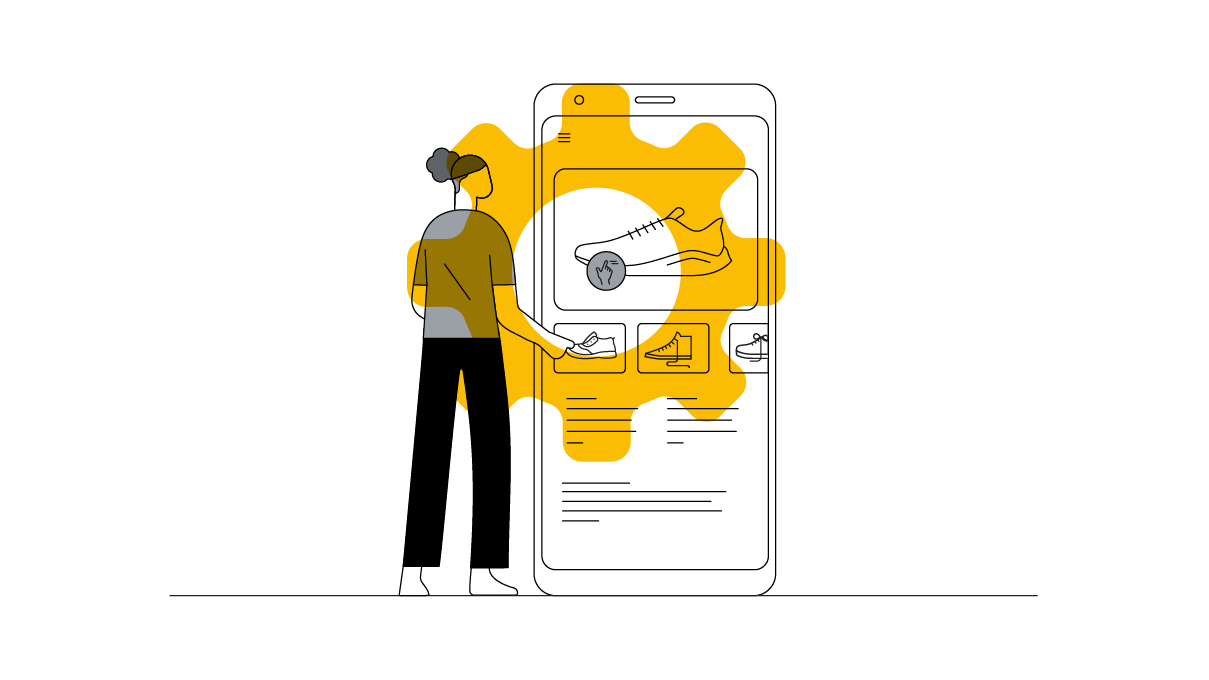Sports broadcasters have always been used to some degree of unpredictability. Live sports games unfold in real-time and can head into overtime, or news can break without warning. However, while sports content itself can change rapidly, sports schedules and audiences were more predictable. Seasons were defined and loyal fans would head to games or tune in at their scheduled times.
Then the pandemic hit. Live sports were one of the first major industries to pause, and have since resumed under new conditions but with empty stadium stands. Almost overnight, sports broadcasters were faced with an unprecedented challenge: They needed to overhaul their entire content strategies and find successful new ways to engage fans at home, with or without live sports.
Canadian broadcaster Sportsnet quickly shifted to a digital-first content strategy and found creative ways to keep fans connected. They came up with new content formats, resurfaced and repackaged TV programming for YouTube, and worked with creators who already had engaged fans in the space. In the process, they unlocked a new audience and insights that continue to shape their strategy through the return of live games.
We asked Sportsnet’s GM of News & Information Jon Coleman to share some of the lessons they’ve learned about crafting content for digital audiences throughout the pandemic.

Live sports has been an important part of your content strategy. When live sports paused, how did you keep engaging your audiences?
Jon Coleman, GM of News & Information at Sportsnet: The pause on live sports was an opportunity for us to try new things. Our priority for all of our content, whether digital or linear or even radio, is our mantra – “united by sport.” Everything we do is done with the intent of engaging audiences and creating experiences that unite people through sport. We thought, “how can we do this in a new way?” and keep uniting sports fans during challenging times.
Our goal was to drive fan engagement in the absence of our core programming, and offer unique second screen experiences with interesting perspectives. The digital space allows us to get creative with how we monetize content and find ways to integrate our clients and advertisers to offer them incremental value. Our recent branded content partnership with EA SPORTS called From Alex to Ovi, which profiles Alex Ovechkin — the NHL21 cover athlete — is just one example.
What content formats have helped you recreate the live viewing experience in the digital space?
Coleman: Highlight packs and those "Gotta See It” moments that fans want to see again and again are historically some of our strongest performing content. Our digital watch parties were really successful and helped us engage live audiences on YouTube. They feature celebrity guests, such as former Blue Jay star Jose Bautista, and revisit iconic sports games. They’ve allowed viewers to watch together in real-time, which helps recreate the live sports experience. We aired the live watch parties on YouTube, social media and linear television simultaneously for the first time ever.
Some of our most successful content has been videos that peel back the curtain. We started interviewing athletes in their homes, or playing video games in a more casual setting, like the @Home series. Our interview series Athlete2Athlete, features prominent Canadian Olympians tackling important social issues such as racism, mental health, LGBTQ2S+ rights, and inclusivity. We have also used this time to expand our esports library and have been releasing video game countdowns once a week.
What have you learned about crafting content for digital audiences vs. TV audiences?
Coleman: On YouTube, we’ve been achieving longer view times with powerful storytelling on a notable athlete or topic, so there are times when our approach to digital doesn’t actually deviate that far from our approach to linear TV content. However, digital attention is much more competitive. Linear audiences tend to be more loyal in a sense because their viewing behaviour is planned and scheduled — they know when and where they can expect their programs of choice, so their intent is usually pre-established and they proactively seek out the programming.
With linear broadcasting, you’re usually confined to standard 30 or 60 minute windows. Generally, you would allot 22 minutes of content for a 30 minute program slot. Digital provides some flexibility on the format so the opportunity for traditional broadcasters is that we can eliminate fixed time constraints, work with different personalities in a variety of environments, apply different concepts, and do all of this with creative tools and features native to each platform. It’s a terrific way to engage new audiences and integrate advertisers in a targeted manner, and to do so cost-effectively.
Digital content is typically shorter than TV content, often more fast-paced, and less dependent on a storyline or being episodic. You want to minimize build-up, try to jump into whatever is happening early, keep it fast-paced and layer in humour and/or high energy debate and dialogue. Evoking emotion early is key. Most digital content is consumed on a mobile device, so you have to create digital content that stops people in their path — or rather their thumb. Titles and image thumbnails matter. Once you’ve grabbed someone’s attention, you have a finite window to deliver entertainment and value.
What role have content creators played in helping you reach digital audiences?
Coleman: Sportsnet personalities are encouraged to be their own unique selves and that authenticity really resonates with digital fans, too. Steve Dangle has a very unique personality and shtick that has really worked well for him. The reason he’s so successful is that he is authentic and that’s true for all of our personalities.
For example, NHLTrade Trees, where Steve looks back at some of the biggest NHL trades over the last 30 years, was launched during the shutdown and has now become a weekly staple, averaging over 70,000 viewers. We also launched “Dang-Its Of All-Time,” leveraging the original concept into a segment that can be shot and released at any time.
Have you noticed audience trends as you’ve shifted to digital?
Coleman: Our YouTube audiences are very open to engaging with long-form content if it is done well. We’ve been resurfacing and featuring documentaries on our channel, to help us engage our audience and improve our overall watch-time and retention rates. For example, “The Secret Life of Bobby Ryan” documentary is a great example.
Another interesting trend is that our Sportsnet YouTube audience has skewed younger, with just over 83% of our audience being 44 years of age or younger. Prior to the pause this was about 77%. In that time we have increased our average retention by about 15%, largely due to the longer form content we have launched recently, and our subscriber base has increased by roughly 30,000 subs and is projected to surpass the 500,000 mark by the end of the NHL and MLB playoffs.
We’ve also noticed the majority of our viewers are watching between 12 p.m. and 4 p.m. which is a drastic change from pre-COVID when they were usually watching in the evenings, given that’s when we were releasing live NHL content after games had finished.
Lastly, now that live sports have resumed, what role will digital video play in your content strategy?
Viewers on our YouTube channel are now once again gravitating towards highlight packs, which is to be expected with live sports returning.
We will continue to find new ways to feed that need and expand and improve our digital content offerings. The next generation of sports fans are incredibly tech savvy, they actively seek out second screen experiences, and they are conditioned to interact and engage with video content.

